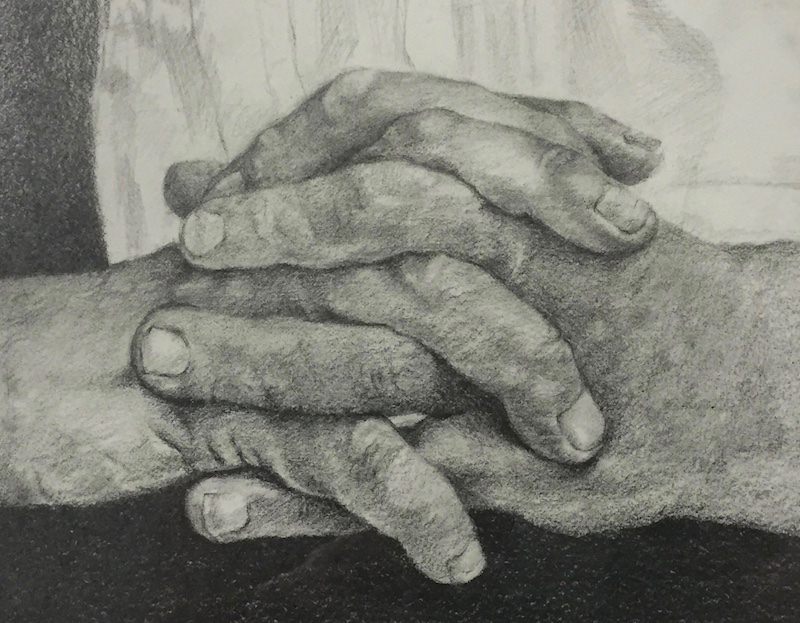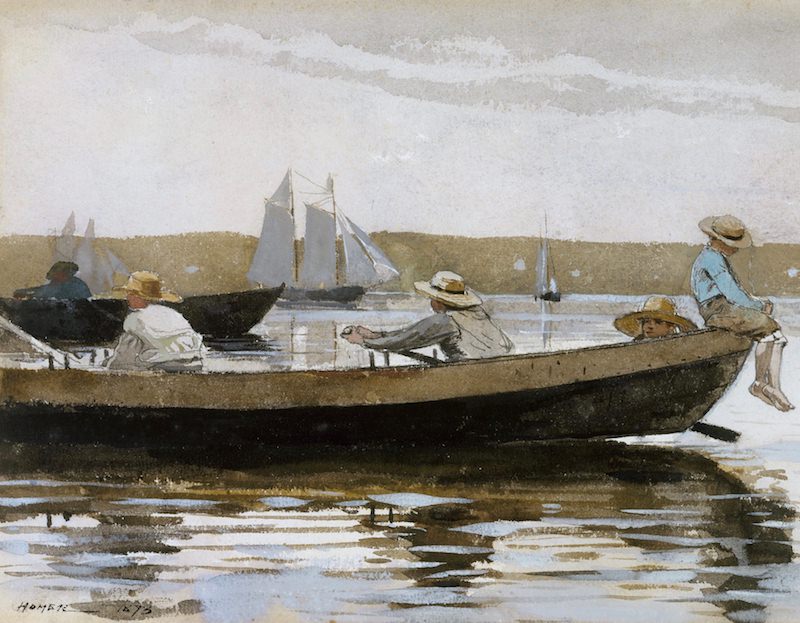
In 1941, a fourteen-year-old boy, a student at the Art Students League, became fascinated with the mysteries of drawing. His name was Eugene V. Thaw. Years later, while working towards a master’s degree in art history at Columbia University, he realized his calling. “I can’t create the objects I crave to look at so I collect them,” and with the encouragement of his wife, Claire Eddy Thaw, for the next several decades, he did exactly that.
At ninety, after a lifetime of studying, gathering, and living with some of the world’s most wondrous drawings, Eugene Thaw decided that “[a]fter I’ve owned them and learned about them, I don’t need them anymore. They’re with me, and I can give them away.” Recently, he did. In keeping with his belief that, “it’s…one of the joys of life to share,” and to make it possible for other people to see them, he donated the works, now known as “The Thaw Collection,” to the Morgan Library & Museum. One hundred and fifty drawings, selected from more than four hundred in the collection, are now on view in Drawn to Greatness.
Recent reviews of the works in the Thaw Collection emphasize their huge art historical significance. In accompanying reproductions, the images are often printed large. On a computer, they fill the screen. Even on entering the Morgan, Francisco De Goya’s Leave It All to Providence, a work of a mere 10 x 7 inches, is enlarged to cover an entire wall of the exhibition’s entrance.
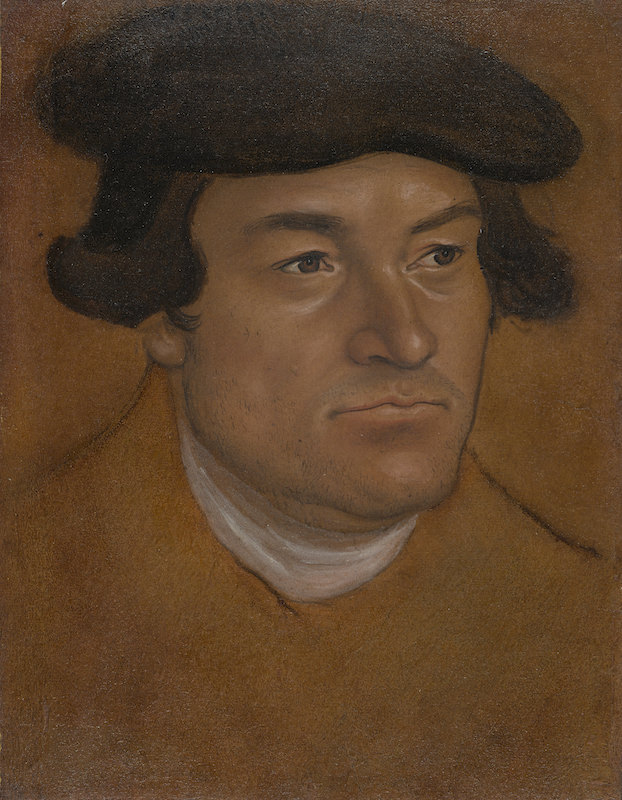
Many visitors entering the exhibition gallery seem surprised, perhaps expecting to see what is more common in contemporary art exhibitions – walls hung with work of similar sizes and shapes, often unframed and usually impressively large. But in Drawn to Greatness the images are strikingly small. Perhaps that might have been expected. The work of the Old Masters had to be because paper was precious. The images had to be small and also less consistent in size. Clearly, however, size is not the only criterion of importance. On close observation, these small works are so full of complex narrative depictions, significant details, sophisticated symbols, and expressive marks that it is impossible not to wonder at their magic, to not ask, “How on earth did those artists do that?”
Using a magnifying glass or, better yet, a phone camera’s enlarging capabilities to view these remarkable images can reveal some amazing optical illusions. What at first appear to be highly defined facial expressions and realistic landscapes are sometimes revealed to be only deftly suggested ones. Look. See. Learn. How did the artists accomplish this?

Unlike seeing these images on the pages of a book or looking at them glaring from the screen of a computer, in the exhibition their very presence, the very sensual sense of each original image can be intimately felt. The collection must be seen in order to feel, react to, and learn from the full impact of the drawings.
Entering the exhibition galleries is like strolling through the pages of a book about the history of drawing edited by Thaw’s educated eye; being able to pause in front pivotal masterpieces of the fifteenth through the twenty-first centuries including work by Rembrandt, Ingres, Cezanne, Gauguin, Matisse, Picasso, Pollock, Diebenkorn, to linger over a series of witty, poignantly-titled Goyas, to see the pages of private letters Van Gogh wrote displayed near the drawings he spoke of, to gaze at several examples of Degas’ multi-layered pastel-painted print techniques, and then perhaps to stop at a number of dream-like Redons.
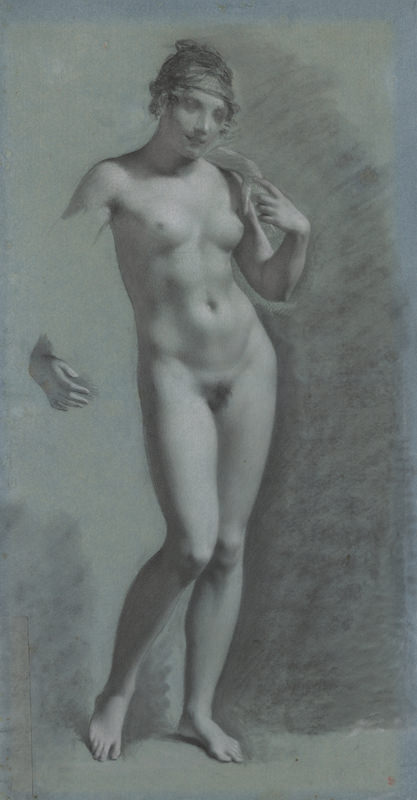
Each piece of art is perfectly presented in a frame chosen by Thaw. Some frames are elaborately decorative, some elegantly simple. Each work is matted or floated to show its deckled, rough, torn, cut, or delicately-defined, inked edges that reveal the smooth, rough, wove, laid, aged, toned, green, blue, brown, tan, faded, and white-prepared surfaces. There are also some works drawn on inconspicuously patched together pieces of paper to expand the size of the sheets but also to correct composition issues. Even the Old Masters sometimes needed to add additional room for something. They sometimes splattered, smudged, or smeared mediums where they might have wished they hadn’t. Seeing the actual surfaces is crucial to understanding the drawing concepts and techniques possible on them.
The information accompanying each image carefully notes the media used. The variety of surfaces and mediums of drawings in the Thaw Collection offers to artists a rare opportunity to see directly what the Old Masters used and how they used it, not just from secondary “how-to” texts or YouTube videos.
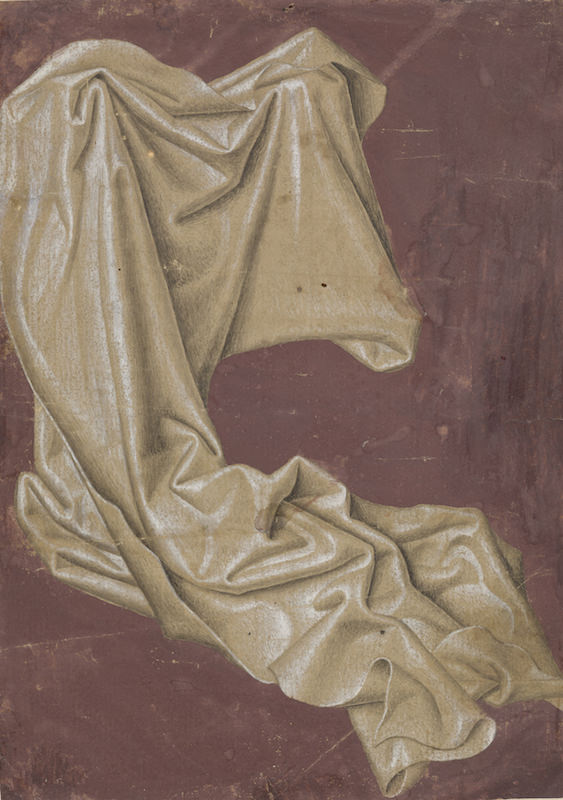
The range of dry materials reflected in the exhibit includes single- and multiple-layered applications of charcoal, oiled-charcoal, graphite, metalpoint; black, red, and white chalk; as well as brush-applied blue, brown, and black ink washes; transparent and opaque watercolor; gum Arabic glazes; gouache, acrylic, oil, gold and silver paint and varnish. The inclusion of such widely varying mediums and examples of their different possible uses raises the question, “What is the distinction between painting and drawing?” The answer, at least in this collection, is apparently that a drawing is any work on paper.
For an artist, there is much to glean from the exhibit about the evolution of drawing techniques from the types of paper and mediums artists used; from their compositions; from model books, sketchbooks, preparatory studies, architectural studies, commissioned and informal portrait images; from works of political satire, narrative, landscape, still life, drapery, and the human figure.
Included in the exhibition is an example of a multi-media collage created before 1808, in which Caspar David Friedrich cut-and-pasted and then inserted an unpainted white paper moon into his Moonlit Landscape. He proceeded to dramatically display the picture with a flickering candle placed behind the new moon so that its light danced upon the highlights of the pond and set the birch tree leaves aglow.
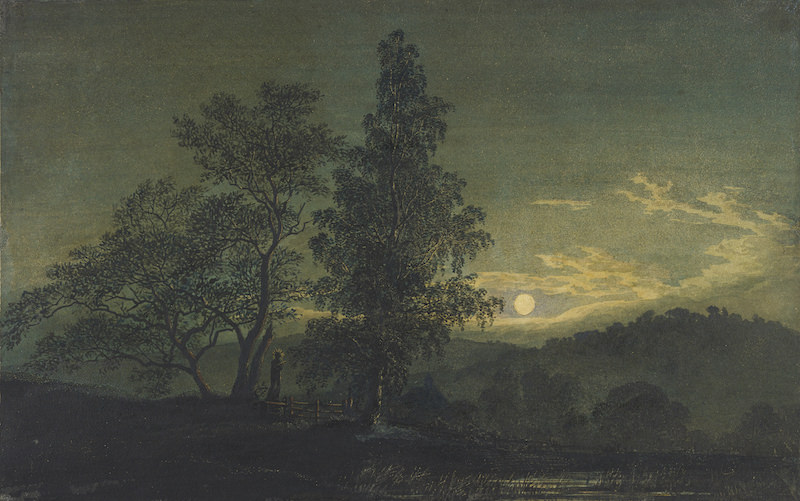
The Morgan’s exhibition demonstrates that drawing is an essential form of artistic expression, standing both independent of and equal to all other media. The Thaw Collection is an amazingly generous gift not only to the Morgan but also to all art lovers, especially artists. The collection must be seen to appreciate the history of drawing and its impact on contemporary art.
The exhibition is open to the ticketed public during usual museum hours, but is free from 7:00 p.m. to 9:00 p.m. on Friday evenings. There are also scheduled times for artists to study and draw directly from the works of art.
Drawn to Greatness: Master Drawings from the Thaw Collection continues at the Morgan Library & Museum through January 7, 2018.


